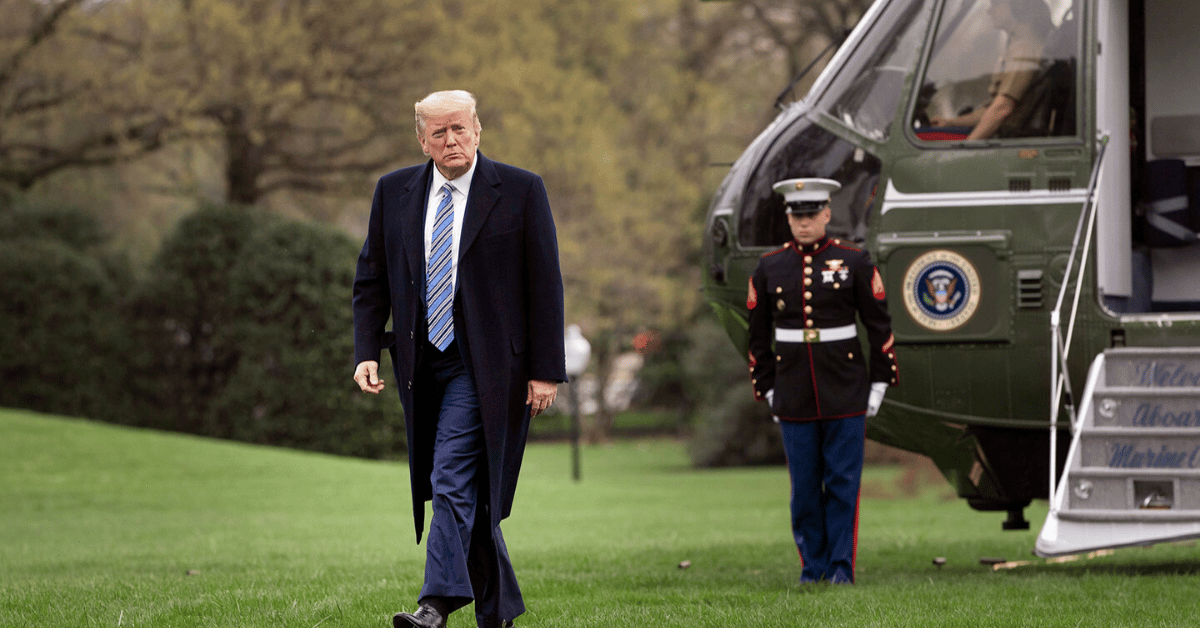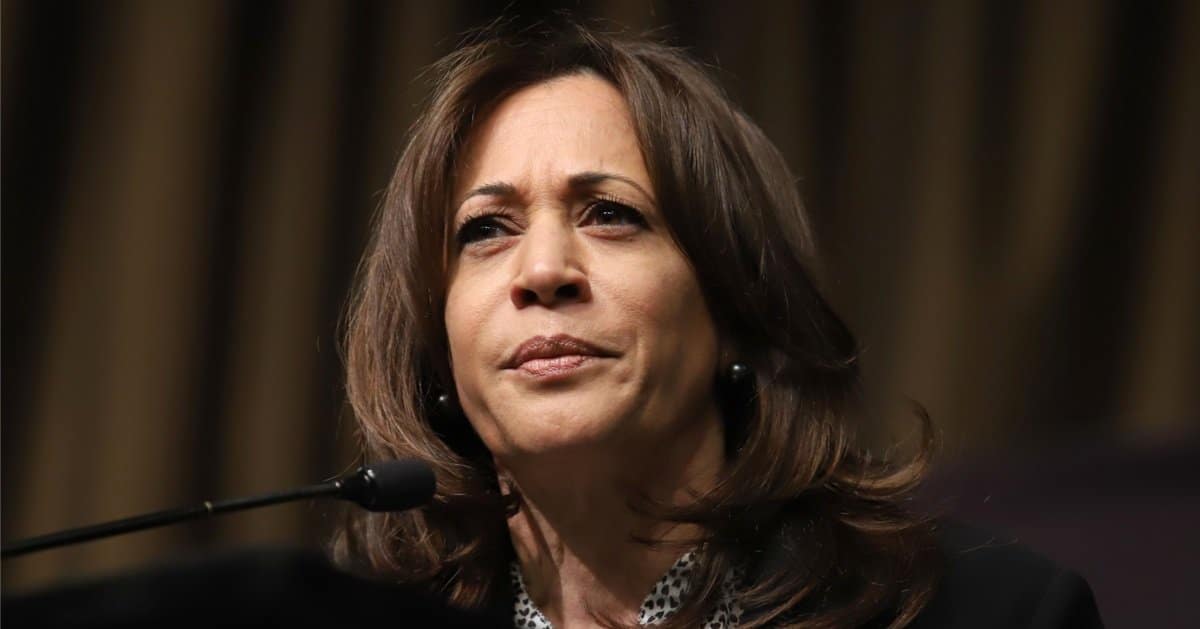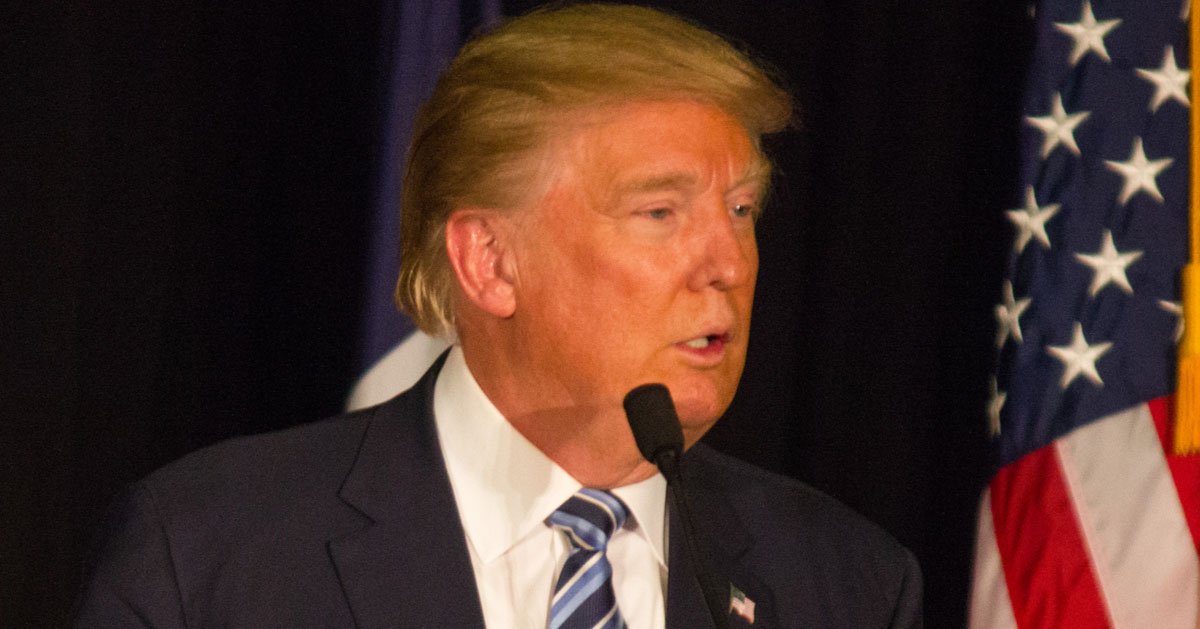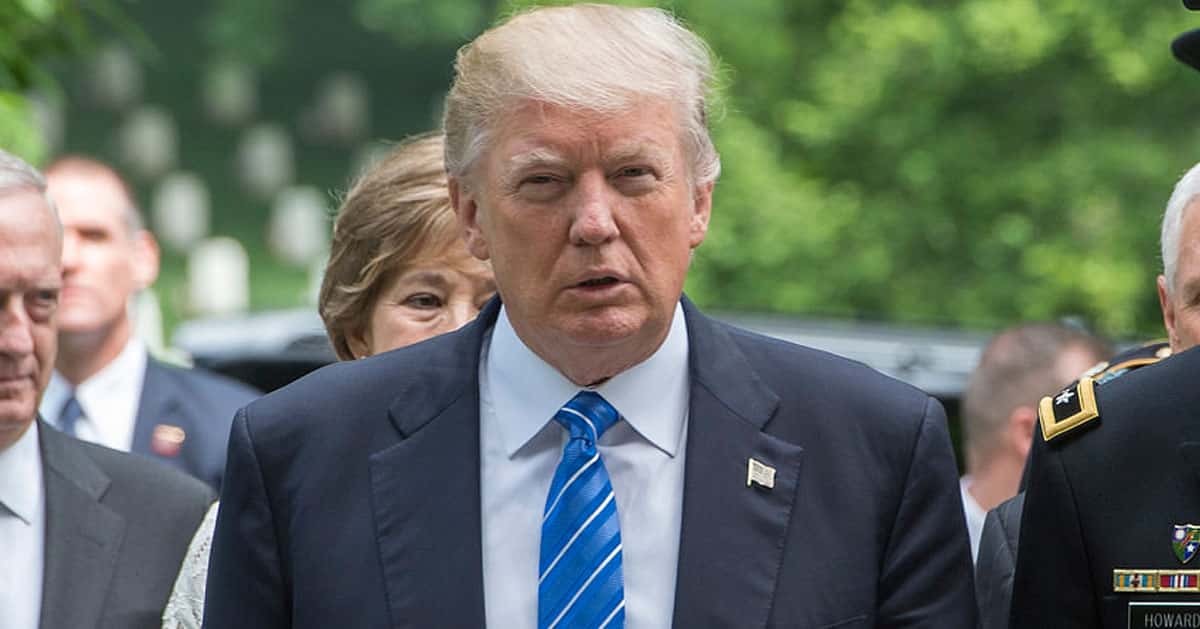





Russia’s relentless bombardment of Ukraine screams one thing: escalation without remorse. Overnight into Thursday, Moscow unleashed a storm of missiles and drones on Kyiv and five other regions, leaving death and destruction in its wake. The attack, a grim reminder of the war’s toll, shows Russia’s intent to crush Ukrainian resolve.
Breitbart reported that missiles and drones—397 in total, including Shahed and decoy units—hammered Ukraine in a 10-hour barrage. This followed Wednesday’s record-breaking assault, where Russia fired over 700 drones. The result: two dead, 22 wounded, and fires raging across Kyiv.
Residents fled to subway stations, with one sheltering over 1,000 people, including 70 children. The sheer scale of this attack, dwarfing last year’s June numbers by tenfold, signals Moscow’s new playbook: overwhelm and demoralize. Ukrainian defenses, stretched thin, face a brutal test.
June marked a bloody milestone, with 232 civilians killed and 1,343 wounded—the highest in three years. Since Russia’s 2022 invasion, over 13,580 civilians, including 716 children, have died. These numbers aren’t just stats; they’re a testament to a war grinding down innocence.
President Volodymyr Zelenskyy called it “Russian terror,” decrying the nightly drone swarms and missile strikes.
His plea for faster Western aid and sanctions is heartfelt, but misses the mark—nations like the U.S. are already pausing Patriot shipments due to their shortages. Relying on allies who can’t deliver risks Ukraine’s survival.
Russia’s military, now producing 5,000 AI-enhanced drones monthly, is outpacing Ukraine’s tech edge, once a point of pride. The Atlantic Council notes Moscow’s regained initiative, a shift from Ukraine’s early-war innovation. Zelenskyy’s tech talk sounds hollow when Russia’s drones darken the skies.
Russia’s summer offensive is accelerating, pressing Ukraine’s 1,000-kilometer front line. Jack Watling of RUSI warns that Moscow’s advance is gaining steam, putting Ukrainian forces under “intense pressure.” This isn’t just a battle—it’s a race against collapse.
Two rounds of peace talks have flopped, and Kremlin spokesperson Dmitry Peskov said Thursday that no third round is scheduled.
U.S. Secretary of State Marco Rubio met Russia’s Sergey Lavrov in Malaysia to float new peace ideas, but don’t hold your breath. Diplomacy feels like a sideshow when missiles are flying.
The Institute for the Study of War says Russia’s massive strike packages aim to sap Ukrainian morale. They’re not wrong—constant attacks wear down even the strongest spirits. But betting on breaking Ukraine’s will ignores its stubborn resilience.
Karyna Holf, a Kyiv resident, lost everything in the chaos, left with just a backpack and a coat. “This is my whole life now,” she said. Her words cut deep, exposing the human cost of Russia’s calculated cruelty.
Holf added, “There are people who have no one at all.” Her empathy amid personal loss shames the progressive obsession with abstract ideals over real suffering. Ukraine’s pain demands action, not hashtags.
Alina Kalyna, another survivor, spoke of exhaustion: “I no longer recover, I just somehow live.” Her fatigue mirrors a nation running on fumes, battered by a foe that thrives on attrition. Yet Ukraine endures, defying the odds.
The U.K. stepped up, delivering 5,000 Thales missiles backed by a $3.4 billion credit. Germany’s Chancellor Friedrich Merz urged more Patriot systems, noting U.S. stockpiles could help. But with America’s own needs unmet, Ukraine’s air defenses remain a patchwork.
Ukraine’s long-range drones, capable of hitting Russian soil, show fight, but Russia’s 14 downed Ukrainian drones and Belgorod injuries prove the war’s two-way street. Both sides are digging in, and neither seems ready to blink. This tit-for-tat risks a longer, bloodier stalemate.



